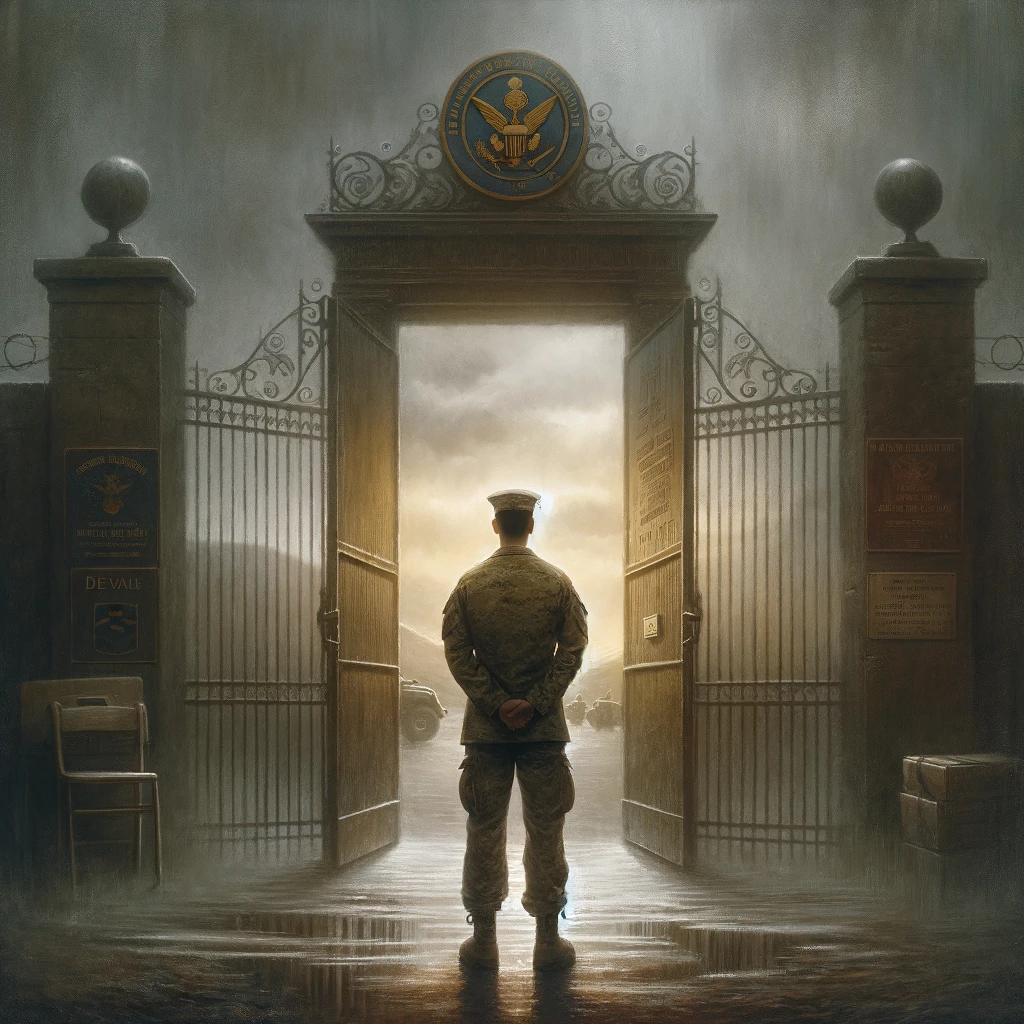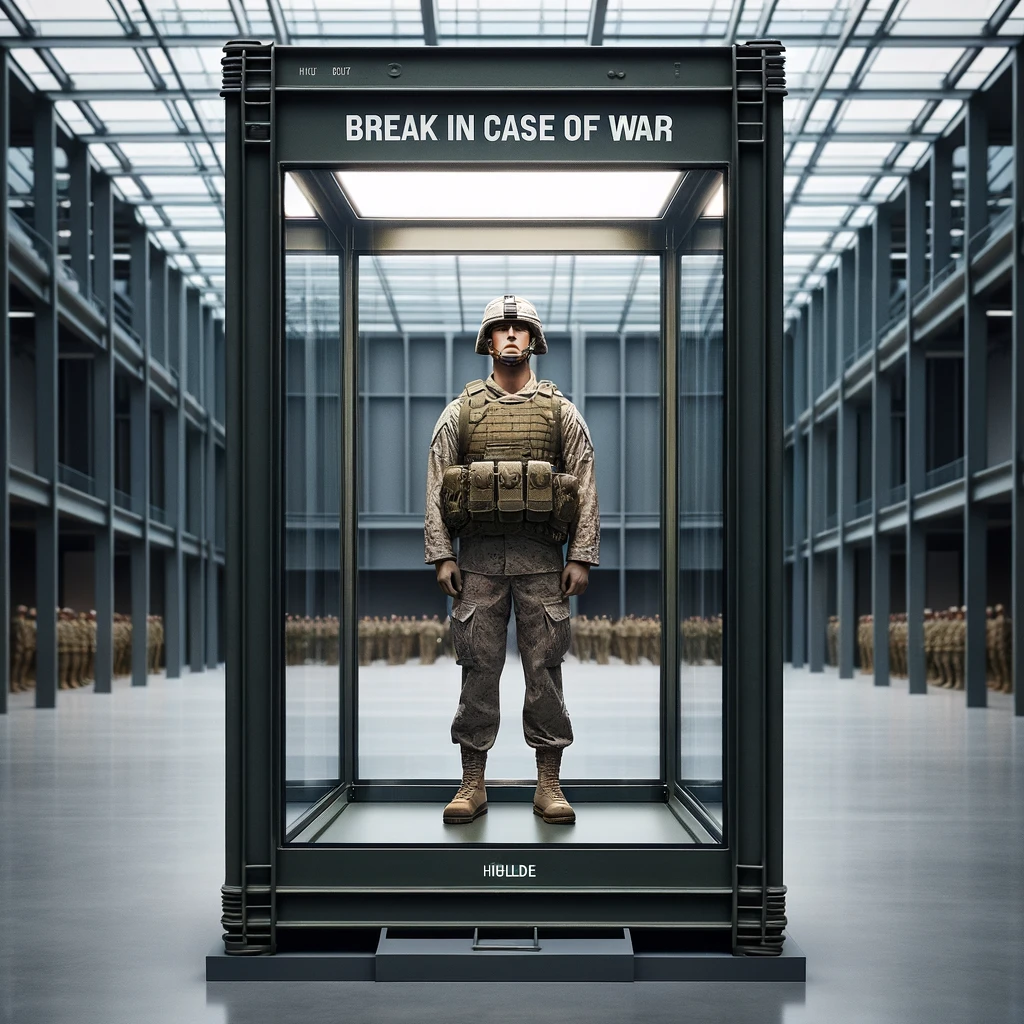 If a fully loaded bus crashes and kills fifty people, it is a lead story picked up by various news outlets, at
If a fully loaded bus crashes and kills fifty people, it is a lead story picked up by various news outlets, at
least for an hour or two. If a busload of people crashes and kills all those onboard for a second day, it
becomes national news. The Federal Department of Transportation would open an investigation. The
crash sights would become memorials with candlelight vigils, prayers, and demands of accountability.
Now imagine the same thing happening for the third day, a fourth day, and then a fifth day in a row.
Two hundred and fifty lives lost between breakfast on Monday morning and after-work drinks on Friday.
What do you think would happen by the fifth day?
The National Transportation Safety Board would immediately dispatch dozens of professionals to review
the scenes. Millions of dollars would be spent to figure out how this happened, and, more importantly,
how to prevent it from happening ever again.
The average citizen would stand up, demanding answers, and petition for immediate action. They’d send
money to GoFundMe accounts and do what good people do when faced with such tragedy and
unthinkable misfortunes.
Politicians would make speeches. Congress would hold hearings. The media would play its relentless
blood sport of blame and outrage. Tire companies would have secret reports leaked by insiders.
Combustion engines would be blamed until someone claims, “It all started in the battery compartment.”
Lawsuits would follow the blame game, and in three to five years, long after the media attention dies
off, a report would be submitted in secret with ‘eyes only’ stamps plastered across the encrypted digital
files.
In the end, the passengers would be blamed as the cause of each death. With the official postmortem
released, fifteen minutes of media fame would resurrect the deaths as martyrs for a cause a country is
not yet ready to handle or understand. Another uniquely American saga as we all drive past the daily
crash sites without so much as a glance in the victims’ direction. End of story, right?
Now imagine there is a bus crash every single day for the rest of your life. Imagine a bus crash killing fifty
people from the time you were born until the day they put you in the ground some eighty years later.
That would mean you lived in a time when 1,460,000 lives were lost simply because they chose to get on
a bus. One and a half million souls surrendered to a metal box and a guaranteed date with death.
What if I told you the bus story was true and happening every single day? What would happen if I told
you the story of one of those deaths, would it help you understand the metaphor? What do all the
passengers have in common, and why did they keep getting to that damn bus? Would Congress and the
authorities charged with figuring out what was happening look into the reason behind the tragic
endings, or would they simply lay blame with a ‘palms up’ head shake and that look of lost
comprehension as they offer that same old tired logic while tossing more money at the problem? They
know another bus is going to crash tomorrow and the day after that… never-ending, never slowing
down, never failing to pay the toll that delivers them to a white marble gravestone with its blackened
letters.
Unsatisfied with leadership’s approach, oversight reports, and the endless finger-pointing by those hired
to handle our affairs, the general public steps in and tries its best to solve the problem. Civilians raise
funds, form outreach organizations, lobby Congress, and volunteer time, blood, and sweat to find
answers and end the nightmare.
Civilians look at the deaths and notice the commonality between the broken bodies and their own lives.
All the passengers are just like them, exactly like them with one exception. They see the passengers
coming from all walks of life. They fill the ranks of society from cities and farmland without notice of skin
or income. Every possible race takes a seat on that bus. Every religion is represented without a cross to
bear from one faith or another. The hairstyles don’t matter, nor does the way they speak, how they
sound, or what level of schooling sits in their files of life to date. Shoe size or clothing preferences
matter not. Bank accounts with college funds or snap cards waiting to be reloaded hold no sway to the
riders or the bus company. They believe they have given their last full measure, and the bus ride is their
only remaining option. A ride that will take them to life’s final destination.
Now, what if I changed the narrative by replacing the word ‘bus’ with ‘suicide’ and ‘passengers’ with
‘Veterans’? What would change? Would Congress hold hearings with the same ambition? Would the
media run with the story, or the federal investigators march in lockstep with DOD, VA, and civilians to
find answers, solve the problem, and put an end to the daily grind of caskets, frozen uniforms, and
endless stream of broken families? I think not.
Fact is we are losing somewhere north of fifty Veterans a day to suicide. The number, most likely, is
double, but no one really has a true handle on the body count. Those of us living the nightmare see
things for what they really are. A never-ending line of holes, polished wood with handholds, and a
Liberty Flag clutched in the arms of today’s sorrow and tomorrow’s replay.
We all know what’s happening, but we don’t know what to do. I say it’s time we take charge and figure
this out. We, as Veterans, seem to be looking for answers from every direction except the right one. We
are hoping, praying this plague will go away or the VA, Congress, or someone will find a solution, a
miracle drug or potion that we can sprinkle in our coffee and POOF, no more suicides. We need to solve
this from within our ranks. We, as Veterans, MUST lead our fellow Veterans off that bus destined for A
Date with Suicide.
Where do we begin? How do we find that starting point, and what happens next? Well, I’m sure we all
remember that infamous statement learned on day one of our military careers. Never volunteer! I’m
going to break that golden rule and step into the firing line. I’m going to tell my story and expose the
most painful experiences in my life. In doing so, you are going to get to see what it’s like to walk in the
boon dockers of someone who survived the onslaught of the deadly mental campaign of self-inflicted
death. You will hear directly from those who sat with the means and intent to become a passenger on
that bus.
I’m going to open my soul and expose the raw reality that walked hand in glove with my emotions, my
mind, my body, and my spirit as they waged war against each other to save my life or end the pain. I’m
going to tell stories about my life that I’ve never told a living person, not even my wife who’s stood by
me for so many of the decades of mental and physical torture, torment, and the battles to keep my
sanity.
I’m going to talk about what it was like to battle the VA and the nightmares as they both laid claim to my
will to live. We’ll talk about the transition from the military. We are going to discuss what a Veteran is,
not just the definition, and what makes us all Veterans regardless of MOS, combat or cook, yeoman or
Navy SEAL. In the war with suicide, I’ve learned the Grim Reaper cares not about your rank or medals,
our ribbons, or length of service. It only cares that you earned the title of Veteran.
We are going to walk, talk, and chew on all the issues that play into the hands we were dealt while
serving our country. We are going to learn to tell our story. We are going to help each other overcome
the fears that sit inside of us, the ones that don’t want to be told because they worry we will be looked
upon as weak or worse. We are going to find starting points and learn about ourselves in ways we
thought we never would.
We are going to war against the greatest enemy we’ll ever face—ourselves. We are going to learn we
are not in a battle against suicide; we are in a war against A Date with Suicide.
STARTING POINTS: The topics we’ll focus on are Trauma, Transition, and Telling our story. We will also
discuss what a Veteran is, who we are, and why we don’t feel we’ve earned the title. The questions we’ll
address are ‘what happened to me’ and ‘why’. These are our starting points. Ground zero in the fight
against A Date with Suicide – Book one of the series by D Paul Fleming US Navy Retired 100% Disabled
Veteran.
If you’d like to contact me: www.dpaulfleming.com or follow-on Facebook – D Paul Fleming or on
Twitter(X) at – Veterans Wellness
A Date with Suicide link: https://www.amazon.com/Date-Suicide-D-Paul- Fleming/dp/B0D3XQZ2M1



